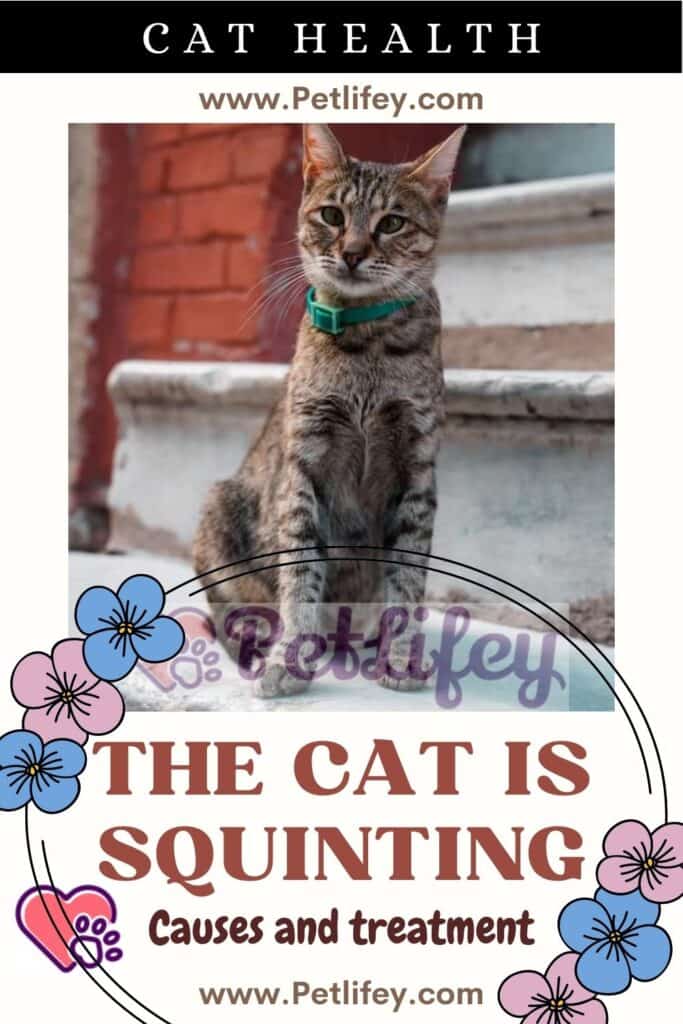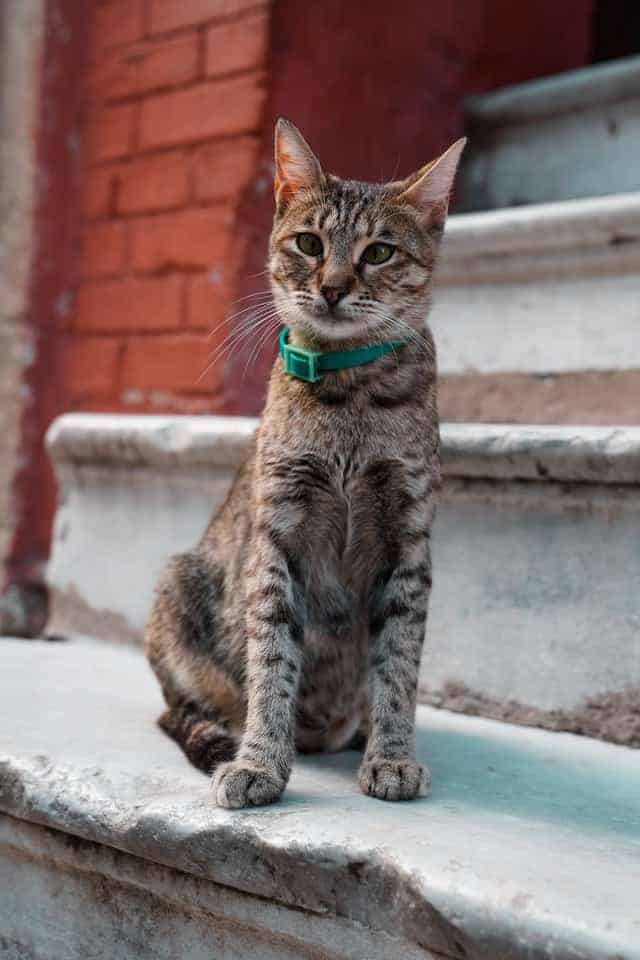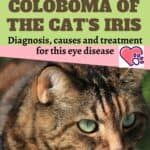
Aren’t your cat’s eyes like everyone else? That is why a cat is cross-eyed and to know a little more about this eye defect.
Cats are all special for their owners, but there are some that perhaps arouse more tenderness than others: they are those with defects or physical problems, which make them in some way ‘different’ from their peers (and not in the sense derogatory). The cat can be cross-eyed for various causes as there are various types of squint. In addition to knowing the origins of this eye defect, it will be important to understand how to live a life, as normal as possible, next to a cross-eyed cat.
The cat is squinting: the causes of this eye defect
Let’s see what can be the reasons behind this characteristic so evident in our beloved felines: it is not always a defect from birth!
- Congenital strabismus : if the kitten has these eyes arranged differently than usual from birth, it will certainly be a congenital eye defect. This does not mean that the sight is compromised: the cat will see very well but, in physical appearance, it will be different from the others. The breed most at risk is the Siamese .
- Trauma : an accident, infection or other type of eye problem, during the cat’s life, can also have caused this eye damage. In this case it is likely that it can also be corrected, but it is not a certainty: only the diagnosis of an experienced veterinarian can confirm it.
- Damage to the optic nerve : they too can be of a congenital or traumatic nature. When the optic nerve is malformed the cat will therefore have crooked eyes.
- Damage to extraocular muscles : as in the case of malformation of the optic nerve, these muscles (of a congenital or traumatic nature) can cause strabismus in felines.
How the cat has eyes: types of squint
To understand what type of squint afflicts the gaze of our beloved cat, it is necessary to evaluate the position of the eyes.
- Convergent: if the eyes ‘converge’ towards the center (Esotropia);
- divergent: if the eyes tend to look outside the bulb (Exoforia);
- dorsal: when they point upwards (Hypertropia);
- ventral: if they look downwards (Hypotropia).
To understand what type of squint afflicts the gaze of our beloved cat, it is necessary to evaluate the position of the eyes.
- Convergent: if the eyes ‘converge’ towards the center (Esotropia);
- divergent: if the eyes tend to look outside the bulb (Exoforia);
- dorsal: when they point upwards (Hypertropia);
- ventral: if they look downwards (Hypotropia).
The cat is cross-eyed: what does it mean

Many think that, since the cat has this eye defect, it sees double: it is absolutely false! Vision is not compromised at all and for this reason a cross-eyed cat can have an absolutely normal life. He will just be more special than the others! In the Siamese, squinting is almost normal, so there is no need to worry. Even if we see that the cat’s eyes move from side to side, due to the phenomenon of nystagmus, it is nothing to worry about. The brain of the cross-eyed cat will still be able to perceive only one image.






